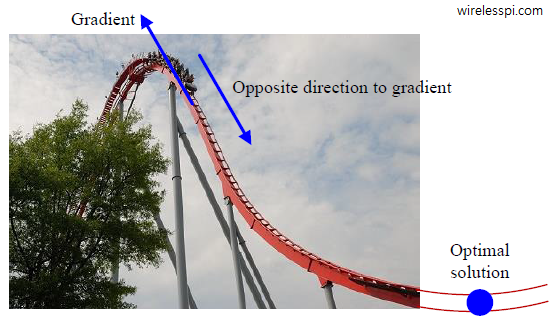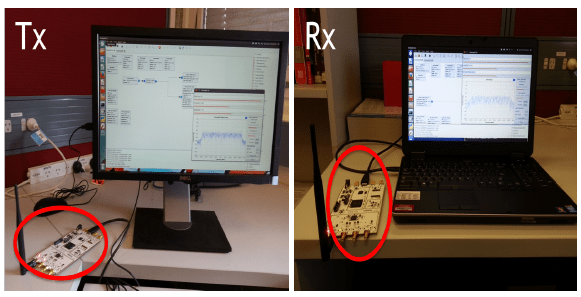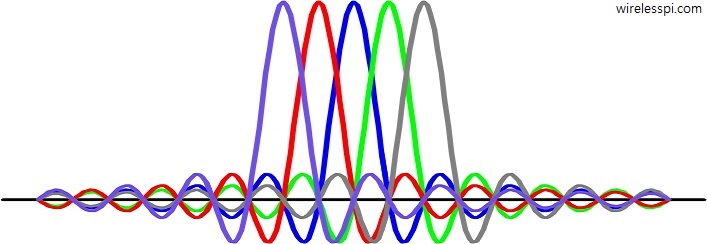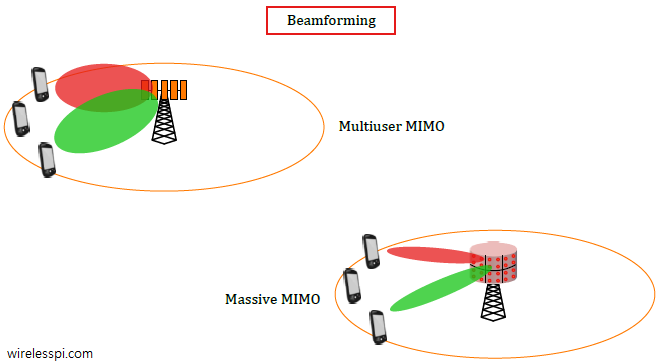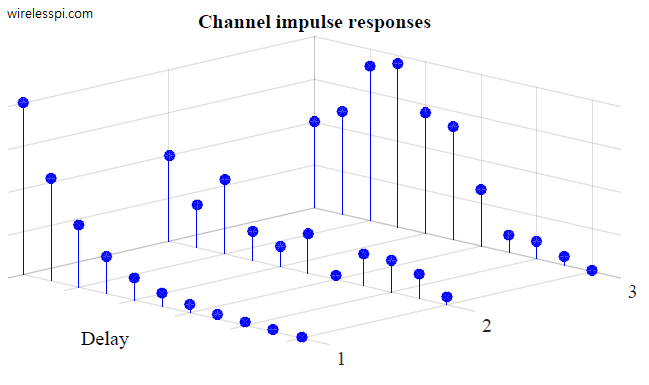The LMS algorithm was first proposed by Bernard Widrow (a professor at Stanford University) and his PhD student Ted Hoff (the architect of the first microprocessor) in the 1960s. Due to its simplicity and robustness, it has been the most widely used adaptive filtering algorithm in real applications. An LMS equalizer in communication system design is just one of those beautiful examples and its other applications include noise and echo cancellation, beamforming, neural networks and so on. Background The wireless channel is a source of severe distortion in the received (Rx) signal and our main task is to remove the
Continue reading